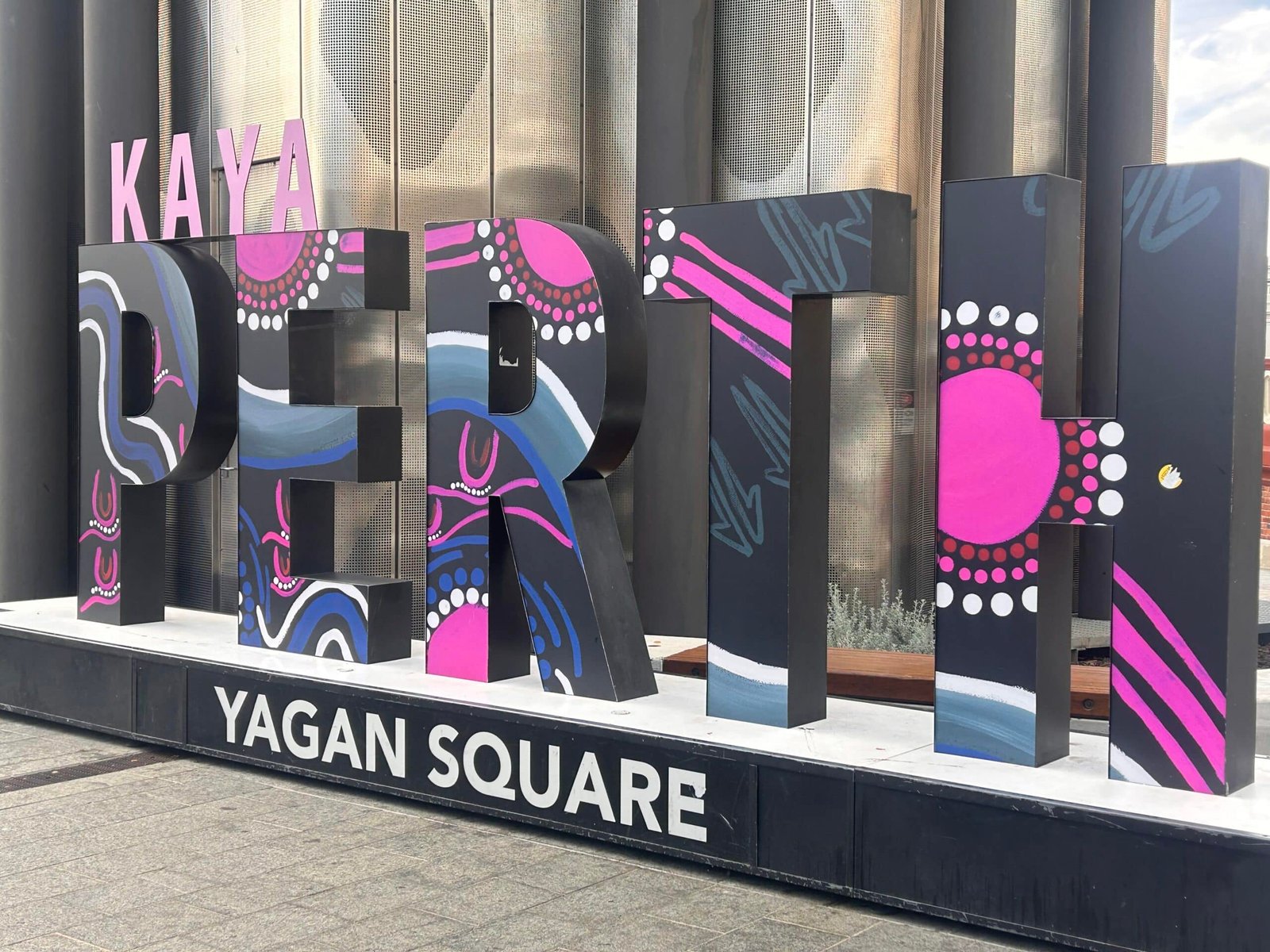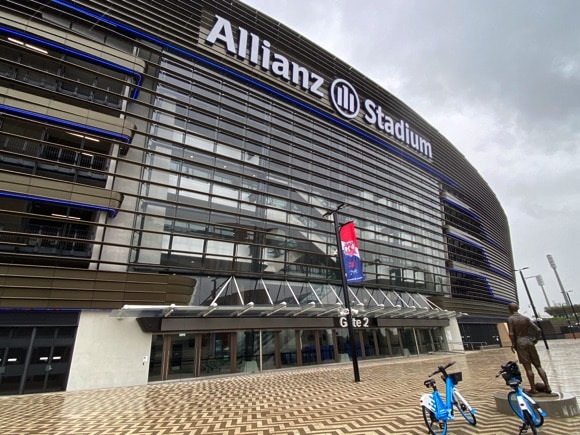A complete guide to the game across two countries
The addition of Auckland FC to the A-League’s previously neat 12-team format for 2024-25 required some tricky arithmetic as far as fixtures were concerned but expanded the scope of this two-nation competition. Now New Zealand is not only represented by two teams in the region’s premier soccer tournament, it also has a long-needed local rivalry.
Some 25,000 watched Auckland’s maiden game in October 2024, huge by A-League standards, and around the same number of spectators took in the heart-stopping all-NZ clash at Wellington Phoenix two weeks later. With fierce competition from other football codes either side of the Tasman Sea, this is a major boost for the A-League.
The competition had lost face and funds in 2023 when it was forced to go back on its controversial decision to stage three consecutive Grand Finals in Sydney going into 2025. Protests from fans across Australia – including in Sydney itself – caused the A-League to fudge the issue by staging two league rounds there instead, much to the chagrin of key sponsors, Destination NSW.
The last major addition to the A-League, just after Christmas 2020, was equally inauspicious. Then newbies Macarthur FC made unwanted headlines quibbling over the A$3.5 million instalment – instalment, mind – of their licence fee to join the elite.
The move also coincided with the announcement of the league’s independence from soccer’s governing body, Football Australia. Now the Australian Professional Leagues oversees the A-League, the W-League for women and the Y-League for young players.
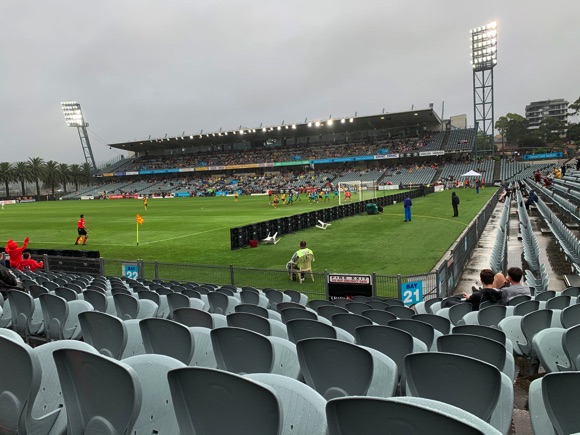
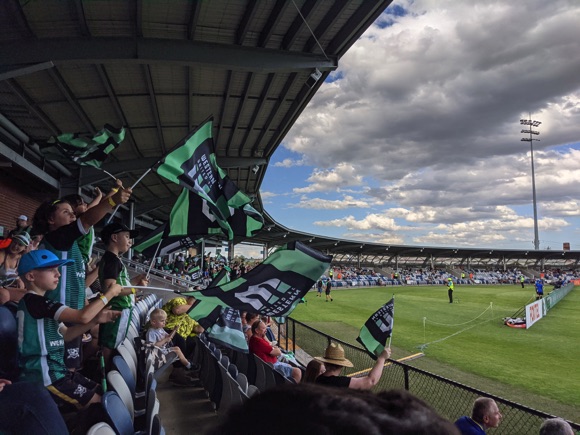


With the A$57 annual million broadcasting deal with Fox Sports running out in July 2021, many felt it was time to time for a rethink. At present, the A-League is a stand-alone franchise without promotion or relegation to the sprawling 80-team National Premier Leagues below it.
The other sticking point is the calendar. A switch to a winter season would align with the European transfer window and avoid the searing (and now dangerous) heat of the Australian summer. Despite speculation, the timing of the World Cup in Qatar for the end of 2022 did not force a major reschedule.
While attendances remain quite modest, most of A-League clubs playing before four-figure crowds, the overall average bumped up by ever-popular Melbourne Victory, there are reasons for optimism. The A-League sprang from the demise of the National Soccer League (NSL), Australia’s failure to qualify for the 2002 World Cup on its doorstep hardly beckoning sports fans away from more deep-rooted football codes.
The original eight-team A-League of 2005 is now a division of 13, with 16 the general consensus on an ideal expanded number. Waiting in the wings, Canberra and Tasmania are willing inclusions, although onerous travel logistics proved a disruptive influence on the structure of the NSL way back when.




As seen with MSL in North America, the gradual opening of soccer-specific spaces should change the dynamic of the game and ease reliance on large, empty stadia designed for other sports – particularly if a winter season creates scheduling clashes.
Melbourne City have built a complex at Casey Fields, the hope also being for the kind of cross-city derbies that made the NSL an occasional success. Built on the principle of one city, one club, the now independent A-League can shape its own future – although the FA still has a say on potential newcomers.
The arrival of Western Sydney Wanderers in 2012 at last gave rise to the Sydney Derby, superstar Alessandro Del Piero saying kind words about the atmosphere, but it’s not on a par with The Big Blue, the term not only referring to the shirt colours of Sydney FC and Melbourne Victory. Both clubs date back to the origins of the A-League and claim the lion’s share of titles, although the trophy also going to Perth, Brisbane and Adelaide has been good for the game.
A move towards reconnecting with Australian soccer’s roots in its ethnic communities – which produced the likes of 2006 World Cup heroes Mark Viduka and Mark Schwarzer – is also seen as essential for more sustained growth.
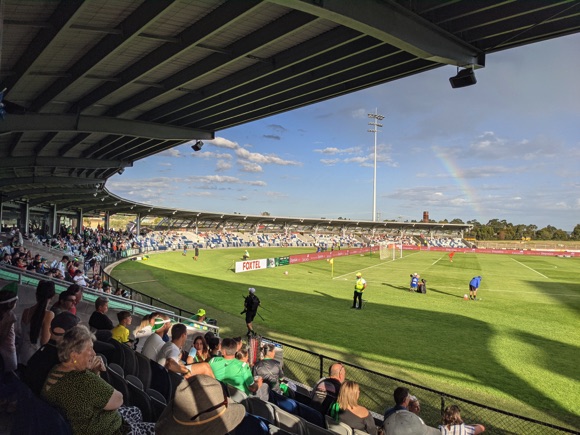
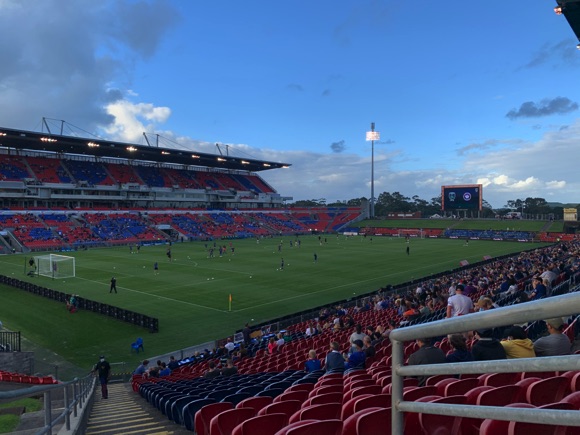
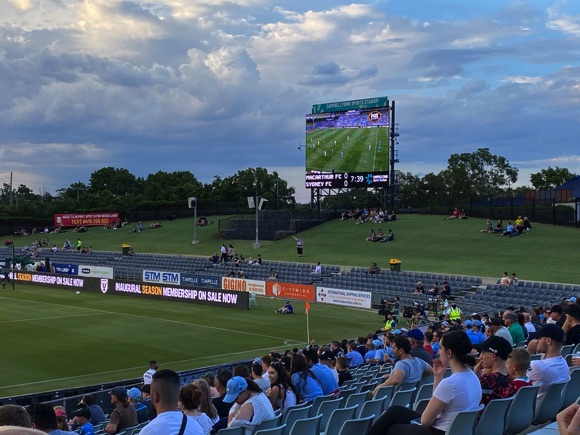
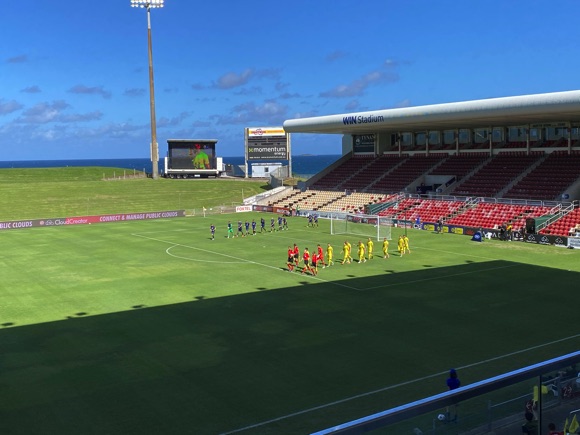
The Socceroos no longer have a relatively easy passage to major finals any more, having opted to play in the same global soccer basket as Asia. A full house of 76,000 at Sydney’s Stadium Australia was sold out within minutes for the victorious AFC Asian Cup Final in 2015 but a shock defeat to Jordan when the Socceroos defended their trophy in 2019 proved that the days of 31-0 wins over American Samoa are long gone.
The Matildas, meanwhile, gain a free berth to the 2023 Women’s World Cup being played at five cities in Australia and four in New Zealand. Kiwi women’s team the Football Ferns played two home games to huge crowds, one at the Cake Tin, aka the Wellington Stadium.
This is also the home of the Yellow Fever, passionate followers of Wellington Phoenix, happy to be back home after Covid restrictions forced the Nix to play at the WIN Stadium in Wollongong, Australia. The Nix reserve side compete in the New Zealand’s National League Championship, a restructured competition launched in the latter half of 2021.
STATION TO STADIUM
Arriving and getting around by public transport

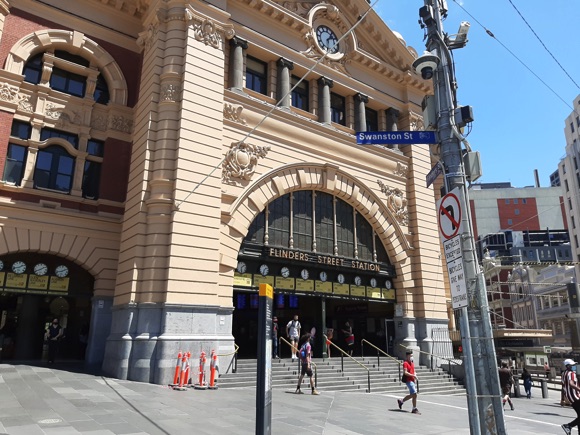


The vast distances involved in the A-League mean that flying is the only practical way to follow games between major cities. National carrier Qantas, its low-cost subsidiary Jetstar and Virgin Australia serve the main hubs.
For relatively short hops overland from Sydney to Campbelltown, Gosford, Newcastle and Wollongong, check with Transport New South Wales.
TABLES & TROPHIES
The league system, cups and the Champions League




The A-League now comprises 13 teams, with 29 rounds taking place during the regular season. Each plays a total of 26 games, 24 home and away plus two additional fixtures in the so-called Unite Round in Sydney, although it’s not clear whether this week-long event halfway through the season will be scheduled into the 2025-26 campaign.
Three points are awarded for a win, one for a draw. Goal difference, then goals scored, divide teams finishing on equal points. The team finishing top in the regular season claims the Premiers Plate and qualifies for the Elite League stage of Asia’s premier trophy, the AFC Champions League, while the Australia Cup winners go into the AFC Champions League Two, the continent’s second-tier club competition.
The regular season runs from October to May. The four-week Finals Series involving the top-six finishers, teams level on points separated by goal difference, goals scored then by the head-to-head record between the two clubs concerned. In the initial Elimination-finals, the third-placed side hosts the sixth-placed, and the fourth-placed the fifth-placed, single games decided after extra-time and on penalties if need be, such as the epic Melbourne Victory v Melbourne City clash of May 2024.
The winners go through to the two-leg Semi-finals, again decided in extra-time or on penalties, with no advantage for teams scoring more away goals. Winners meet in the Grand Final to decide the A-League champions.
In a controversial move to please sponsors in New South Wales, the venue for this showcase event was set as being Sydney for three years into 2025. Such was the backlash, this was rescinded, the compromise being the earlier Unite Round being hosted in Sydney. Tradition calls for the hosts to be the highest finisher in the regular season, provided their stadium is suitable.
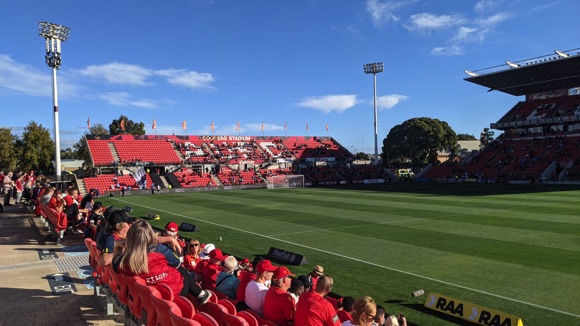
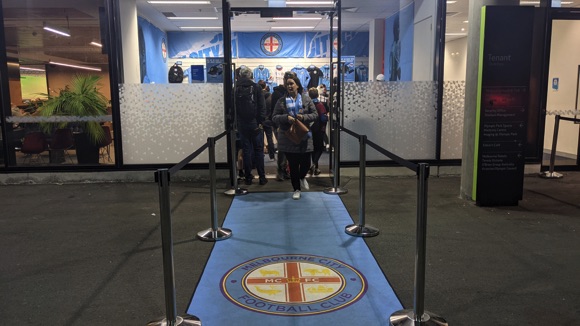
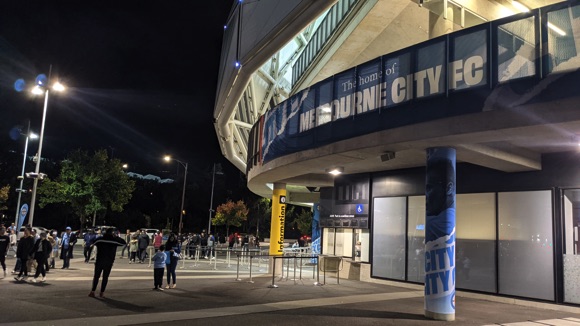

Currently, there is no promotion or relegation between the A-League and National Premier Leagues, sectioned off into eight state federation divisions of between eight and 14 teams. The leading ones are the modern-day descendants of clubs formed by ethnic urban communities more than half a century ago, often Greek or Croatian.
The eight winners qualify for the National Premier Leagues Finals, whose Grand Final also offers automatic qualification to the following year’s Australia Cup. Each state winner also joins clubs finishing in the top four to six, depending on the size of the division, to play off within the federation. The winners are then declared Premiers Champions. The NPL runs down for several tiers, with limited promotion and relegation between them according to state.
The only time the A-League and NPL dovetails is for the Australia Cup, a 32-team knock-out tournament usually run over a calendar year. The top eight in the A-League qualify for the initial round of 32, the bottom four play off for the remaining two berths. These ten A-League are joined by the previous NPL champions plus 21 clubs from the state federations.
Each has its own qualifying tournament – for 2024, 759 clubs entered from across Australia. State federations have specific allocations of berths in the Round of 32 in July/August, four for New South Wales, two for South Australia, and so on. This first round is zoned, after which an open draw operates. Ties are decided on the day.
The final takes place in September or October. It carries far less prestige than the Grand Final of the A-League – in September 2024, barely 13,000 at AAMI Park witnessed Melbourne Victory’s defeat at home to Macarthur.
getting in
Buying tickets – when, where, how and how much
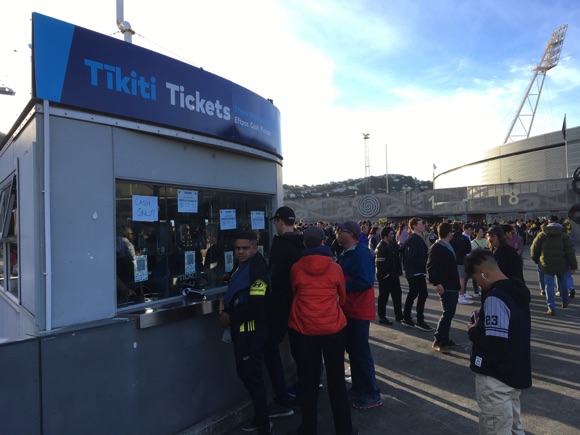



All A-League clubs have standardised websites with upcoming fixtures and ticket purchase across the top of each homepage. Sales and distribution are handled by two companies, Ticketek and ticketmaster. Buying on the day is also possible, with availability rarely an issue.
Average admission is A$25-A$40. Pensioners and full-time students are discounted at the Concession price of A$15-A$30, juniors (usually 4-16s) admitted for around A$10. A family package of four, sold at nearly all stadiums, comes to A$50-A$60. Some grounds also have standing areas. The gaggle of visiting supporters is usually allocated a single sector, the away bay.
Beer and fast food are plentiful, with bars in and and around stadiums. For international fixtures, you can also buy tickets online for the Socceroos, Matildas and New Zealand’s teams.




